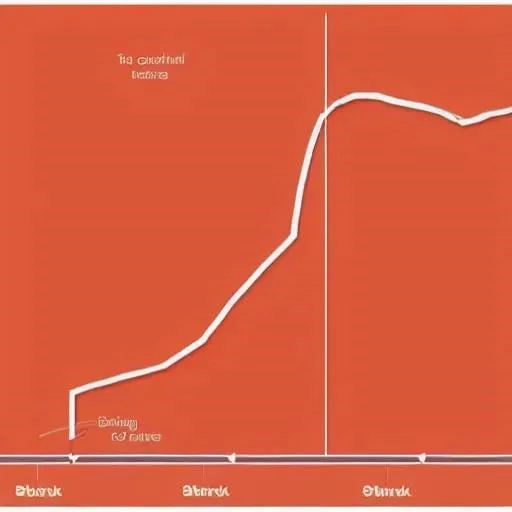In the exhilarating, fast-paced world of foreign exchange trading, where fortunes can be made or lost in mere moments, understanding the intricate layers of operational costs is not just an advantage—it’s an absolute imperative. Many aspiring traders, lured by the promise of “no-commission” trading platforms, often overlook the subtle yet significant charges that can silently erode their hard-earned profits. By diligently dissecting the often-opaque fee structures imposed by forex brokers, participants can strategically navigate this dynamic landscape, ensuring their trading endeavors are genuinely profitable and sustainable, especially as we advance through 2025.
The prevailing notion that forex trading is entirely commission-free is a dangerous misconception. While some brokers indeed advertise zero-commission models, the truth is that these costs are frequently recuperated through wider spreads—the difference between the buy and sell price of a currency pair. This invisible toll, often overlooked by novice traders, can be incredibly detrimental, particularly for those employing high-frequency strategies like scalping with substantial lot orders. For instance, a seemingly modest 1.00 lot trade, incurring a $6 commission plus swap fees, can quickly accumulate into a substantial drain on capital over hundreds of transactions, transforming even the most astute trading strategy into an unprofitable venture.
| Category | Key Information & Considerations |
|---|---|
| Primary Fee Types |
|
| Factors Influencing Commissions |
|
| Industry Benchmarks & Examples |
|
| Recommendation for Traders | Always compare the total cost of trading (spread + commission + swap) across multiple regulated brokers. Focus on transparency, regulatory compliance, and a broker’s overall reputation. Utilize tools to calculate and compare trade costs based on your specific currency pair and trade size. |
For further reading on regulatory standards and trader education, visit The Financial Conduct Authority (FCA).
The competitive fervor among brokers, fiercely vying for online business, often centers on offering the lowest commissions and tightest spreads. This intense rivalry, while beneficial for traders, necessitates a keen eye for detail. Brokers might offer spreads as low as 0.6 points on key FX pairs or commissions starting from $7, but these figures must be contextualized within the broker’s entire fee ecosystem. For example, some platforms, like Interactive Brokers, quote a total automated currency conversion service rate of 0.03%, or a standalone FX conversion commission of 0.002% with a minimum of $2.00, illustrating the varied and sometimes complex ways these charges are applied across different markets.
Understanding the impact of your trading style on these costs is paramount. A scalper, executing numerous trades daily, will find even a fractional commission per lot significantly impacting their bottom line. Conversely, a swing trader holding positions for days might be more concerned with swap fees. This nuanced interplay underscores the importance of aligning your chosen broker’s fee structure with your personal trading strategy. By integrating insights from AI-driven analytics, traders in 2025 are increasingly empowered to simulate these costs, making data-informed decisions about which broker truly offers the most cost-effective environment for their specific needs.
Industry leaders are actively responding to the demand for greater transparency. The National Bank of Ethiopia, for instance, has recently directed commercial banks to explicitly disclose all fees and commissions related to foreign currency trading, signaling a global trend towards safeguarding customer interests. This regulatory push, combined with the emergence of subscription-based brokerages offering fully transparent fee models, paints an optimistic picture for the future of forex trading. Traders are no longer solely reliant on advertised “no-commission” claims but can proactively seek out brokers like Pepperstone, often ranked for its low spreads, or HFM, noted for its clear $3 USD per standard lot commission, ensuring a fully informed decision-making process.
Ultimately, profitability in forex trading transcends mere technical analysis or market foresight; it is deeply intertwined with a comprehensive understanding of the costs involved; Armed with knowledge about spreads, explicit commissions, swap rates, and other potential charges, traders can transform what might seem like insurmountable obstacles into strategic advantages. By meticulously comparing rates, prioritizing regulated platforms, and adopting a forward-looking perspective on fee structures, traders can confidently navigate the currency markets of 2025, charting a course towards sustained success and truly maximizing their potential.






